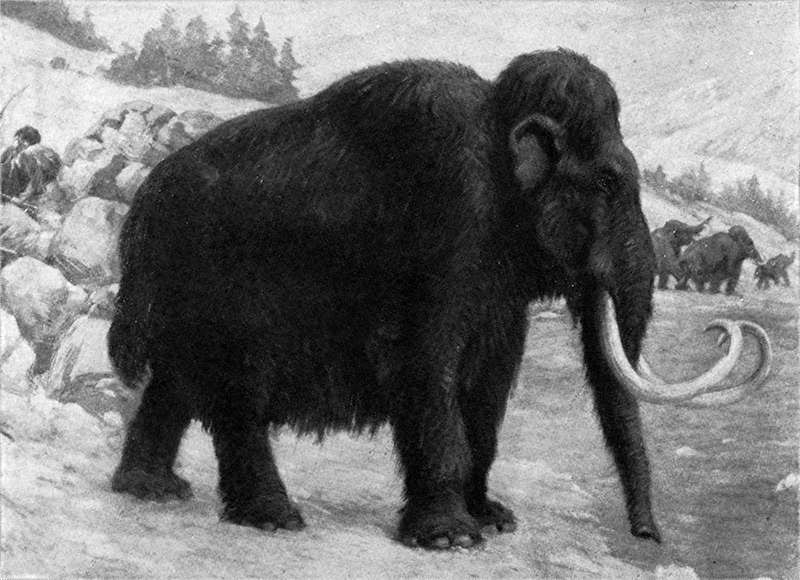Ancient Greeks and Romans smoked, though the plant nicotiana tabacum – tobacco – was unknown to them. Instead, they smoked leaves and seeds of other plants and herbs, for medicinal as well as recreational purposes. By the end of the Roman Empire in the west, lavender was a popular plant used for teas and smoked. The Greeks and Romans knew nothing of the Mesoamerican peoples across the Atlantic Ocean, where as long as 12,000 years ago, according to archaeologists, the plant we know today as tobacco was smoked. That discovery, first reported in 2021, extended the record of humanity’s use of tobacco by over 6,000 years. It means that early humans were smoking tobacco leaves at the same time woolly Mammoths roamed the earth.

ADVERTISEMENT - CONTINUE READING BELOW
In the Americas, the ancient people used tobacco as medicine, in religious ceremonies, and in meetings, as part of a ritual. There is also ample evidence it was used purely for the enjoyment of the consumer. It became an important part of trade between various tribes, across today’s South America, Central America, and North America. When Columbus visited and explored today’s Cuba in 1492, his men reported the natives smoking loosely wrapped leaves, “…and having lighted one part of it, by the other they suck, absorb, or receive that smoke inside with the breath…” appearing intoxicated by the effects. According to Columbus’s reports, the natives called their smokes “tabacos”. Spanish colonizers shipped tobacco to Spain, where it was first cultivated in Europe. From that humble beginning, it became a product that helped shape the modern world. Here’s how.

ADVERTISEMENT - CONTINUE READING BELOW
1. The early explorers of America believed tobacco to have medicinal properties
After the discovery of the New World, the European nations at the forefront of exploration, Spain, Portugal, and France, moved quickly to exploit their finds. Spanish and Portuguese colonies attempted to obtain trade with the natives. Trade in tobacco grew with astonishing speed. When Diego Columbus, brother of Christopher, died in 1526, just 34 years after the Spanish landings in the New World, his last will and testament were bequeathed to a tobacco merchant in Lisbon. Trade of tobacco with the Spanish was natural for the natives, since the plant was already used as a form of currency among the different clans and tribes. There were also several different types of tobacco, since cultivation of the plant had not yet been undertaken. Lisbon’s merchants proved instrumental in establishing tobacco’s popularity in Europe.

ADVERTISEMENT - CONTINUE READING BELOW
In approximately 1559, Jean Nicot, then ambassador to Portugal from the court of France’s King Francis II, and more importantly to the true power behind the throne, Catherine de Medici, sent dried tobacco leaves to Paris. He included the procedure to grind the leaves into a powder, and how to use it as snuff. He also sent seeds. King Francis II suffered from severe headaches, and Nicot suggested snuff was used to cure headaches among Lisbon society. Francis II died in 1560, of an unknown affliction. However, he had reported snuff relieved his headaches, and his mother Catherine de Medici became an aficionado of the strange leaf. For his services introducing tobacco to France, Jean Nicot was awarded a title and lands. A century later the naturalist Carl Linnaeus named the genus of cultivars Nicotiana in his honor, the source of the word nicotine in modern parlance.

